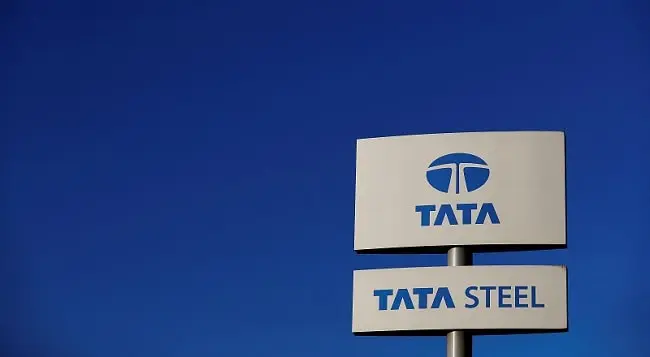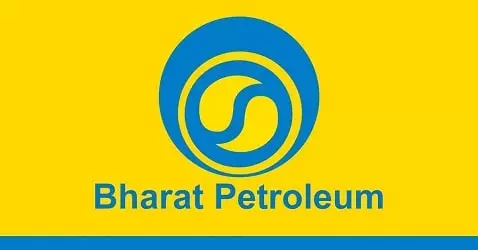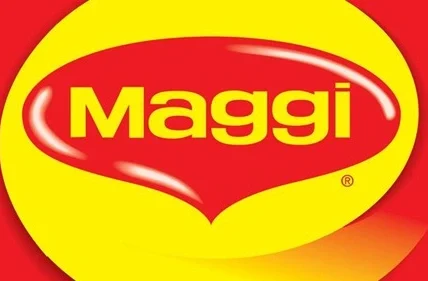Tata Steel, a renowned steelmaker, has a century-long history. The visionary entrepreneur Jamsetji Nusserwanji Tata founded the business, which shaped India’s industrial landscape and beyond. Tata Steel’s net worth, CEO, founder, head office, and amazing resilience and growth are covered in this article.

| Net worth | $34 billion USD |
| CEO | T.V. Narendran |
| Founder | Jamsetji Nusserwanji Tata |
| Head Office | Mumbai |
Net Worth:
It was believed that Tata Steel was worth $34 billion USD. For Tata Steel’s current net worth, see recent financial reports and market analysis.
CEO:
Tata Steel has had numerous successful CEOs, each bringing their skills. T.V. Narendran was Tata Steel’s CEO and Managing Director when I last checked.
Founder:
Jamsetji Nusserwanji Tata, the Tata Group’s founder, pioneered Tata Steel. Born in 1839, Jamsetji Tata wanted to build India’s first steel mill to promote industrialization. Tata Iron & Steel Company (TISCO) was founded in 1907, fulfilling his objective. Jim Tata’s legacy as a businessman and philanthropist shapes the Tata Group’s principles and nation-building efforts.
Head Office:
The corporate office of Tata Steel is in Mumbai, India. Tata Steel Limited, Bombay House, 24, Homi Mody Street, Mumbai 400001, India. Bombay House, Tata Steel’s worldwide headquarters, symbolizes the company’s heritage.
History:
Tata Steel’s history is a remarkable journey of determination, innovation, and resilience. Let’s delve into the key milestones and developments that have shaped this steel giant over the years.
Foundation and Early Years
at 1907, Jamsetji Tata laid the foundation stone for India’s first integrated steel mill at Sakchi, now Jamshedpur. India’s steel industry began with the plant’s 1912 opening. Tata Steel’s dedication to quality earned them a stellar reputation.
WWI and Expansion
Tata Steel’s steel supply to the Allies during World War I showed its worldwide relevance. After the war, the firm increased output and made steelmaking advancements.
Growth After Independence
After India attained independence in 1947, Tata Steel expanded and modernized. The business was renamed Tata Iron and Steel business Limited (TISCO) in 1951 to reflect its expansion. TISCO supplied steel for the Bhakra Nangal Dam and Indian Railways, helping develop the country.
Expanding globally
Tata Steel changed after India’s 1991 economic liberalization. The corporation went worldwide and made acquisitions abroad. One of the most important purchases was Corus Group, a European steel behemoth, in 2007. This put Tata Steel among the world’s top steelmakers.
Resilience and Challenges
Tata Steel, like any big company, has struggled. Company resilience has been challenged by steel price fluctuations, economic downturns, and worldwide competitiveness. Tata Steel has shown it can flourish despite hardship.
Conclusion
Tata Steel has always prioritized its social responsibility. Many of the company’s community development activities concentrate on education, healthcare, and sustainable livelihoods. This corporate social responsibility aligns with the Tata Group’s giving back philosophy.
Also read: Steel Authority of India (SAIL) Net Worth














